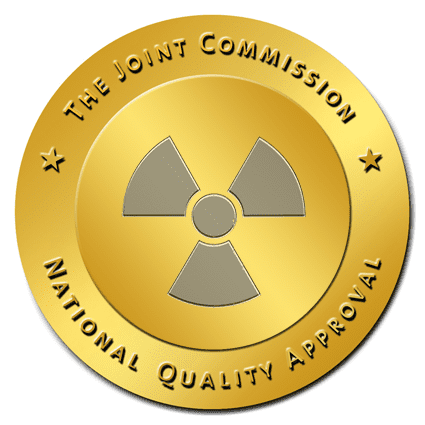TJC Diagnostic Imaging Standards Revision 2014

In early 2014, The Joint Commission (TJC) announced changes to its standards for accredited hospitals, critical access hospitals, and ambulatory health care organizations that provide diagnostic imaging services. TJC has stated changes will be effective some time in 2015 with additional requirements to be phased in by 2015. The standards changes announced by TJC, however, in most cases will not require any change in action by imaging centers, since most of the requirements are already being followed by imaging centers and radiology departments.
According to TJC, the standards changes relate to either quality and safety issues mainly related to CT and MRI. The revisions incorporate recommendations from diagnostic imaging experts, professional associations, and accredited organizations on topic areas that must be evaluated to ensure the safe delivery of diagnostic imaging services.
“With these updates, The Joint Commission’s goal is to ensure that our imaging standards remain up-to-date and sufficiently address quality and safety,” said Margaret VanAmringe, MHS, executive vice president, Public Policy & Government Relations, The Joint Commission. “These rigorous imaging standards address overall patient safety, oversight of imaging services, staff competency, radiation safety procedures, equipment maintenance and quality control. This system evaluation seeks to ensure that organizations providing imaging services have the requisite infrastructure and safety culture to minimize radiation exposure to patients and staff and provide safe and effective care.”
TJC intends to address diagnostic imaging standards using a phased approach. These initial standards changes represent phase one, which focus on computed tomography (CT), nuclear medicine (NM), positron emission tomography (PET), and magnetic resonance imaging (MRI) services. Phase two, planned to be implemented next year will focus on fluoroscopy, minimum qualifications for clinicians who perform imaging exams, and cone beam CT used in dental offices and oral-maxillary surgery practices.
Areas addressed in the new and revised standards include:
- Minimum competency for radiology technologists, including registration and certification by July 1, 2015
- Annual performance evaluations of imaging equipment by a medical physicist
- Documentation of CT radiation dose in the patient’s clinical record
- Meeting the needs of the pediatric population through imaging protocols and considering patient size or body habitus when establishing imaging protocols
- Management of safety risks in the MRI environment
- Collection of data on incidents where pre-identified radiation dose limits have been exceeded.
- Visit this page for more information. Click Here